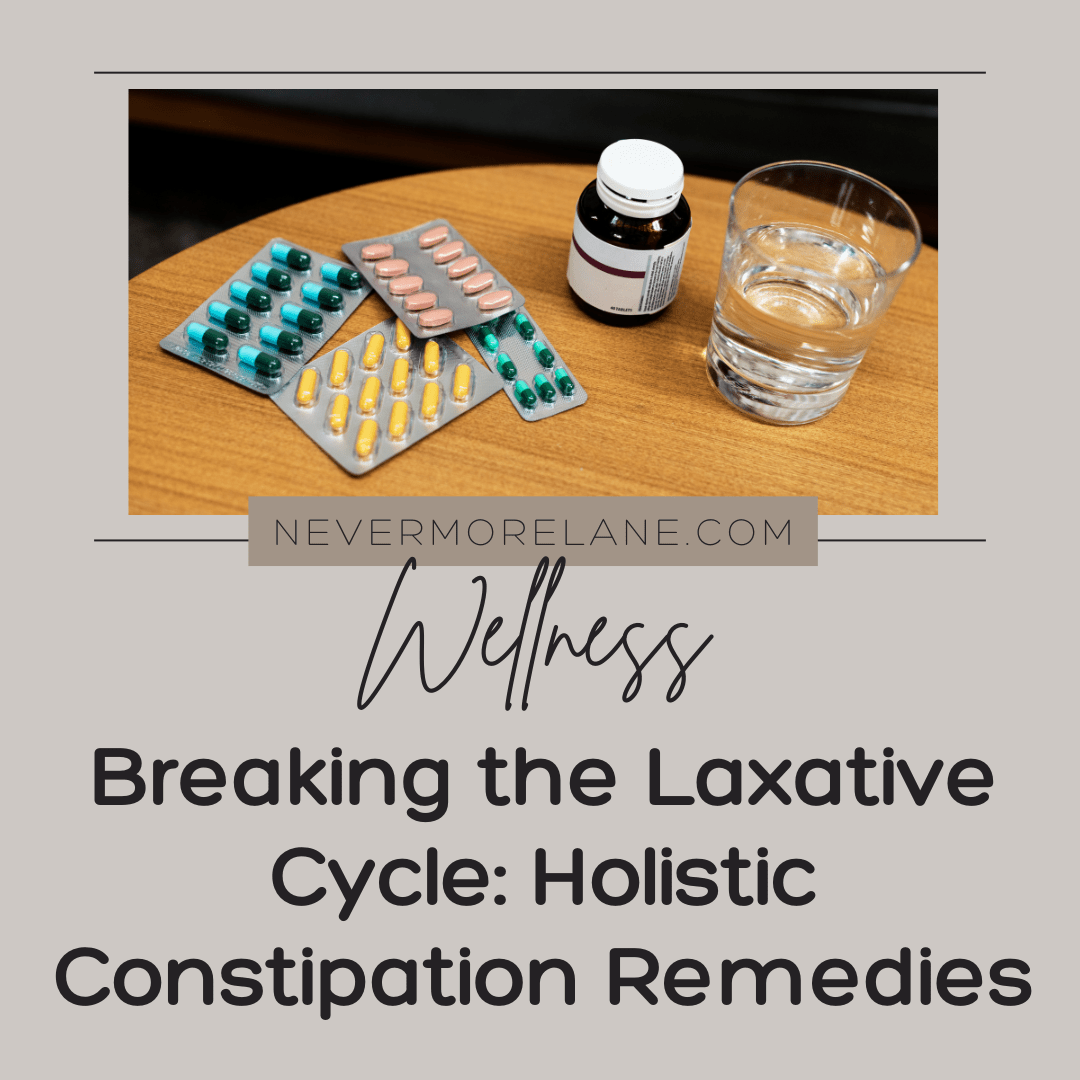Understanding When You Need Compression Therapy
Photo by Jaizer Capangpangan on Unsplash
Compression therapy might not sound glamorous, but it can be important in managing various health conditions. From marathon runners and desk workers to those living with chronic diseases, compression therapy could be your hero when managing health conditions.
What is Compression Therapy?
Before discussing when and why, let’s first define compression therapy as it stands today. Compression therapy involves applying controlled pressure to increase blood flow to your legs through specially designed stockings, bandages, or inflatable devices. Think of it like providing your circulatory system with first-class service on an expressway, ensuring everything arrives when required.
When Do You Need Compression Therapy?
Sports and Exercise Recovery
Recovery is just as important to an athlete’s training regime. After exerting themselves physically, their muscles require enough blood flow to repair and strengthen themselves. Compression therapy can help alleviate muscle soreness, fatigue, and swelling so you can bounce back faster. You can still wear flashy socks since compression stockings come in various styles and colors.
Sitting or Standing for Prolonged Periods
Modern lifestyles frequently involve extended periods of sitting or standing, whether working from a desk, traveling by plane, or performing standing-intensive jobs like retail and healthcare. Poor circulation can lead to leg pain, swelling, and varicose veins. Compression therapy may offer relief in these instances. Applying gentle pressure to your legs, compression stockings or garments helps to maintain healthy blood flow, reduce discomfort, and avoid potential complications. So whether you spend your days walking around town or sitting behind an office desk all day, including compression therapy into your routine could significantly enhance both leg health and overall well-being.
Post-Surgical Care
Recovery after surgery requires time and the right conditions in which to succeed. Compression therapy plays an important part in post-surgical care for procedures involving legs. After surgery, patients can experience swelling and an increased risk of blood clots that could impede recovery. Compression garments help manage this swelling by encouraging proper blood flow to reduce fluid accumulation. Compression therapy also can lower the risk of deep vein thrombosis (DVT) by helping blood to circulate properly and staying away from stagnant pools of veins. Compression therapy may enhance recovery processes after orthopedic, vascular, or cosmetic surgery by relieving discomfort faster while speeding healing time.
Pregnancy
A woman’s body undergoes many changes during her pregnancy that can sometimes result in discomfort and health concerns for the legs. Hormonal changes, increased blood volume, and carrying an expanding baby can all increase swelling, varicose veins, and the risk of blood clots during pregnancy. Compression therapy provides significant relief and health benefits to pregnant women experiencing these symptoms. For expectant mothers looking for ways to ensure comfort and leg health during their pregnancy, adding compression therapy as recommended by healthcare providers may be a smart decision.
How to Choose the Right Compression Wear
Finding suitable compression wear requires more than simply selecting one from any store. There is much to consider, such as compression level (measured in mmHg), size and intended purpose of treatment. When making this decision you can ask for advice from a medical supply store near me or search online for options that suit you best.
Compression Therapy for All Ages
Compression therapy isn’t just limited to those over the age of 60 or those with chronic health conditions. Its advantages span across various aspects of daily life. So whether you’re running towards the finish line, recovering from surgery, or simply trying to keep life flowing smoothly, keeping compression therapy in mind may provide the boost necessary to keep everything humming along smoothly.






